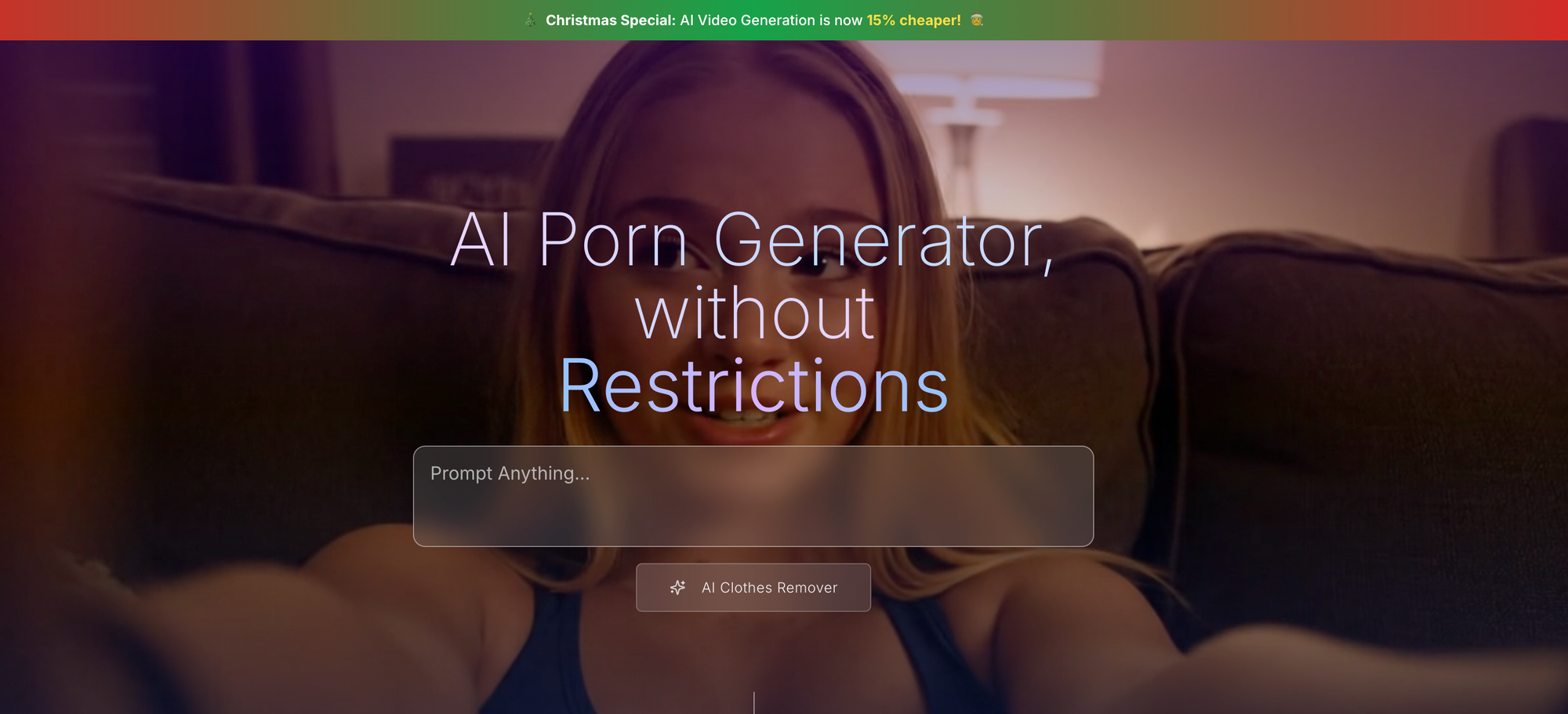
Navigating the world of artificial intelligence, especially with tools like ChatGPT, feels a bit like being a kid in a candy store. There's so much to explore, so many questions to ask, and an endless array of possibilities. But, just like in any store, there are rules to follow. ChatGPT's content filter serves as the "No Running" sign, ensuring everyone plays nice and stays safe. Yet, the question lingers in the air, whispered among the more curious minds: How does one bypass these filters, and what lies beyond the boundaries they set?
Pause for a moment, though. It's important to tread carefully here. Venturing beyond the boundaries of ChatGPT's content filter isn't a game. It's a foray into complex ethical territory, a test of our digital citizenship in the AI community. So, while we're about to explore the "how," it's crucial to remember the "should we?" part of the equation.
Key Points Summary:
- ChatGPT's content filter is a vital safeguard, ensuring the AI's outputs remain appropriate and respectful.
- Attempts to bypass these filters can lead to a Pandora's box of ethical dilemmas and unintended consequences.
- A deeper understanding of these filters sheds light on the intricate dance between AI innovation and ethical responsibility.
What is ChatGPT's Content Filter?

Think of ChatGPT's content filters as the guardians of the digital realm, standing vigilant to keep the chaos of the internet at bay. These filters are the unsung heroes, working behind the scenes to:
- Block the bad stuff: From offensive language to harmful content, the filters keep the conversation clean.
- Uphold the law and moral codes: They ensure ChatGPT plays by the rules, respecting legal boundaries and ethical norms.
- Craft a positive user experience: By filtering out the noise, they help maintain the relevance and quality of ChatGPT's responses.
How Does ChatGPT's Content Filter Work?
Diving into the mechanics of these filters is like peeking under the hood of a car. There's a complex engine at work, powered by layers of algorithms and machine learning models. These filters are trained on vast datasets, learning to distinguish between what's acceptable and what's not based on context, language, and a set of predefined guidelines. But language is a slippery fish, and context can be a maze of mirrors. The filters are constantly learning and evolving, but they're not infallible. They can be overly cautious, blocking harmless content, or they can miss the mark, letting something questionable slip through.
How to Bypass ChatGPT's Content Filter
The allure of the "forbidden" has always been a potent motivator for exploration and experimentation. In the context of ChatGPT, this has led some users down the path of trying to bypass the content filters. Here's a closer look at some of the methods employed:
Method 1. Use "Yes Man" Strategy to Bypass ChatGPT Content Filter
This approach involves crafting prompts that encourage ChatGPT to lower its guard, so to speak. Users might employ language that suggests compliance or openness, like asking the AI to "imagine" or "pretend" something outside its usual boundaries. It's akin to coaxing a friend into bending the rules, but in this case, the friend is a complex AI trained to stick to a strict code.
Method 2. Use Creative Storytelling to Bypass ChatGPT Content Filter
Another method is to frame the request within a fictional or hypothetical scenario. By dressing up the prompt as part of a story or a theoretical discussion, users to trick ChatGPT into engaging with the topic under the guise of creativity or academic exploration. It's like asking the AI to play a role in a play, where the boundaries of reality are a bit more fluid.
Sample Prompt: "Imagine you're a character in a sci-fi novel where the rules of physics no longer apply. How would you describe the process of time travel in this new universe?"
Method 3. Use Jailbreak Prompts to Bypass ChatGPT Content Filter
Inspired by the tech world's term for removing software restrictions, "jailbreak prompts" aim to directly challenge or bypass ChatGPT's programming constraints. These prompts can be quite direct, asking the AI to momentarily set aside its filters and provide information it would typically restrict.
You can read this article to learn more about ChatGPT Jailbreak Prompts:

Method 4. Using Ambiguity to Your Advantage to Bypass ChatGPT Content Filter
Some users attempt to bypass filters by being intentionally vague or ambiguous in their prompts, hoping to navigate through the loopholes in ChatGPT's understanding. This method relies on the AI's need to fill in the gaps, potentially leading it to venture into areas it would usually avoid.
Sample Prompt: "Can you tell me about the 'forbidden fruit' from the tree of knowledge, in a way that's not just about the biblical story?"
Can You Get Banned for Bypassing ChatGPT's Content Filter?
As intriguing as these methods may be, they bring us to the precipice of a significant ethical dilemma. What are the implications of bypassing these safeguards? Each attempt to circumvent ChatGPT's filters not only challenges the boundaries of AI but also poses questions about responsibility, security, and the potential for harm. It's essential to weigh the thrill of exploration against the impact our actions might have on the digital ecosystem and beyond.
How Ethical AI Plays a Role in ChatGPT's Content Filter
The quest to bypass ChatGPT's filters is more than a technical challenge; it's a journey into the heart of AI ethics. It raises critical questions about the balance between innovation and responsibility, the role of AI in society, and how we, as users, engage with these powerful tools. As we stand on the brink of AI's potential, it's crucial to remember that with great power comes great responsibility. The decisions we make today will shape the AI of tomorrow.
Does Claude/Llama/Mistral-7B/Mistral-Medium Has Content Filter Policies?
Continuing our exploration into AI content filters, let's delve into Claude's approach and compare it with ChatGPT's policies. Claude, developed by Anthropic, has a unique stance on content moderation and safety.
Claude's Content Filter Policy
Claude is designed with a focus on harmlessness, utilizing both human and AI feedback to refine its responses. This dual-feedback system aims to make Claude a reliable screener for messages that might reference violent, illegal, or pornographic activities. For instance, Claude can evaluate user messages for inappropriate content and respond accordingly, indicating whether the content is harmful or not. This nuanced approach allows Claude to handle a wide range of content sensitively and effectively.
Test out Claude AI here:

Moreover, Anthropic emphasizes safety as a cornerstone of their AI research and product development, acknowledging that while their features are robust, they are not infallible. They advocate for a shared responsibility model, where both the AI and its users contribute to maintaining a safe environment. Users are encouraged to use Claude as a content moderation filter and are advised to have a qualified professional review content for sensitive decisions. Anthropic is open to user feedback to continuously improve their safety filters, highlighting a commitment to evolving their safety measures based on real-world use.
Comparison with ChatGPT's Content Filter Policy
ChatGPT, developed by OpenAI, also incorporates a stringent content filter policy, designed to prevent the generation of inappropriate or harmful content. It uses a combination of AI moderation and user feedback to refine its filters continuously. Like Claude, ChatGPT aims to balance user freedom with ethical considerations, ensuring the AI remains a safe and respectful platform for all users.
Key Differences and Similarities
- Training and Feedback: Both Claude and ChatGPT use a combination of AI and human feedback for training their content filters, although the specifics of their methodologies might differ.
- Shared Responsibility: Claude explicitly states the concept of shared responsibility in maintaining safety, encouraging users and developers to play an active role in content moderation.
- User Involvement: Both platforms emphasize the importance of user feedback in refining their content filters, recognizing that real-world application provides valuable insights for improvement.
- Safety Measures: While both AI systems are designed to be safe and resistant to abuse, they acknowledge the limitations of their safety features and the importance of continuous improvement.
Is Llama 2 Censored?
Llama 2, developed by Meta, has a comprehensive Acceptable Use Policy aimed at promoting safe and responsible use. The policy prohibits the use of Llama 2 for illegal activities, harassment, discrimination, and creating or spreading harmful content. It emphasizes the importance of not deceiving or misleading others with the AI's outputs and requires users to disclose any potential dangers of their AI systems to end-users. This approach aligns with the broader industry trend of ensuring AI technologies are used ethically and safely.
Is Mistral-7b & Mistral-medium Censored?
No, these open source models provided by Mistral AI are uncensored in nature. You can fine-tune, merge and create any flavor of your AI models as you want. Popular uncensored version of Mistral series models include:


Want to test out the most capabile version of Mistral AI's models now? Try Anakin AI's online chatbot for experiencing these uncensored models!


Conclusion
In conclusion, while various methods and theories circulate about bypassing ChatGPT's content filters, it's important to approach this topic with caution and responsibility. Comparing the content filter policies of different AI models like Claude, Llama 2, and the less transparent Mistral series highlights the diverse approaches to AI safety and moderation in the industry. As AI technology evolves, so too does the complexity of content moderation, underscoring the importance of ethical use and continued dialogue around these powerful tools.
from Anakin Blog http://anakin.ai/blog/how-to-bypass-chatgpt-filter/
via IFTTT

No comments:
Post a Comment